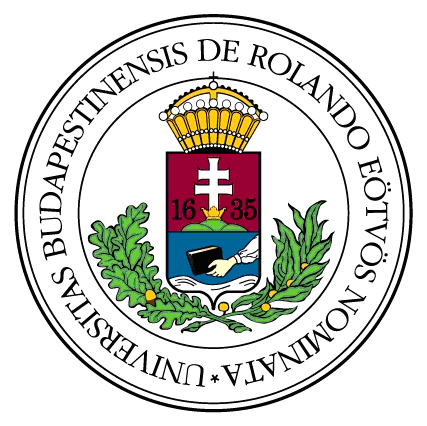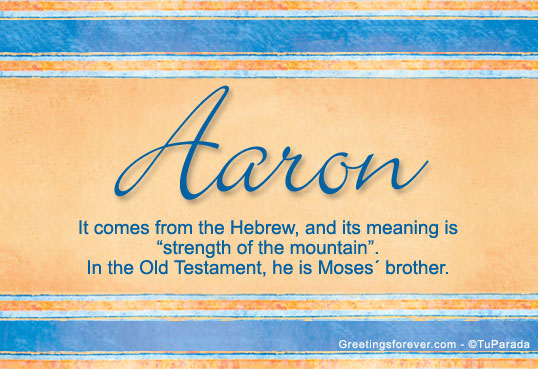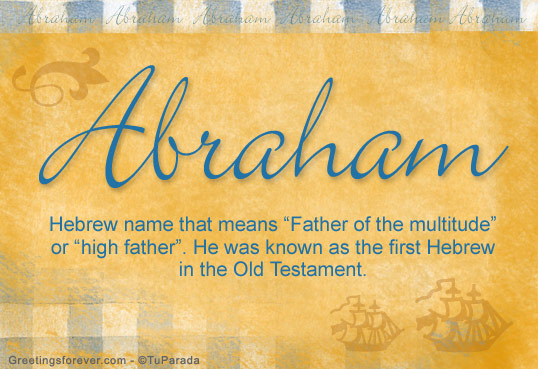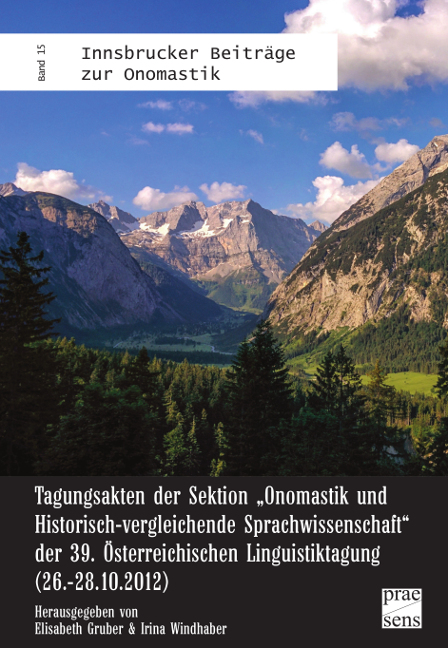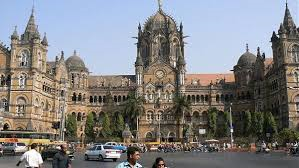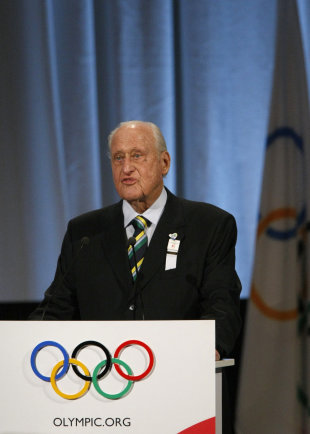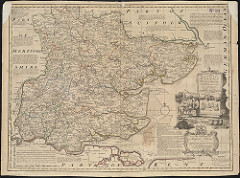Jonathan (entry available in next edition): The name of the beloved friend of King David, Jonathan can be found in Dutch contexts in the 16th C.
https://dmnes.wordpress.com/2016/01/21/protestant-names-old-testament-influences-on-mens-names-part-2/

In this post the DMNES onomasts continue where they left off, with the next installment of Old Testament names and where they show clear influence of the rise of Protestantism in the second half of the 16th C.
Gabriel: The name of one of the archangels, this name was moderately common in France, Italy, and Iberia throughout most of the later Middle Ages, but was rare in England before the 16th C.
Gamaliel (entry available in the next edition): This could be considered an Old Testament name or a New Testament — a minor character by this name appears in each — but either way, this name typifies the pattern that we are investigating. It’s the name of a minor Biblical character, it was essentially unheard of before the end of the 16th C, and in the 16th and 17th C, we can find it used amongst both French and English Protestants.
 Gideon: The judges were a popular source for names, and Gideon is another example of this. Our examples are spread across all three of our sources, from the 1560s on.
Gideon: The judges were a popular source for names, and Gideon is another example of this. Our examples are spread across all three of our sources, from the 1560s on. Hezekiah: The major and minor prophets were another popular source. Our single example of the name, Esechias, shows the typical medieval spelling of names which in modern English are often spelled with -iah (for example, as seen with medieval Elias as compared to modern Elijah) — we’ll see this quirk of spelling again below.
Isaac: The name of the son of the great Hebrew patriarch, Isaac shows up in the medieval mystery plays, so the name was not unheard of in England prior to the 16th C, and outside of England it can be found in the 12th and 13th C, but in the 16th C, it is especially associated with the Protestant contexts that we’ve been investigating.
Isaiah: The name of another prophet, perhaps one of the most important in the Old Testament, we find it in a variety of French spellings in the registers from Caen.

Israel: The name given to the Biblical patriarch Jacob, after he wrestled with God. Unlike the name
Jacob itself (which was, throughout the Middle Ages and after, so popular that there is no plausible way we can appeal to it as evidence for our pattern! A similar story can be told of John, so we will be omitting both from consideration in the present context.), Israel was never so popular, but we have a handful of examples in English and Dutch at the end of the 16th C.
Job (entry available in next edition): Another eponymous character of one of the Old Testament books, Job’s story of perseverance in the face of adversity made it a popular choice after the Reformation for parents seeking meaningful names. However, prior to the 17th C, it still remained rare.

Jonas (entry available in next edition): Better known in modern English in the form Jonah, the medieval form Jonas reflects the Greek spelling of the name. While the name was used rarely in Germany and Switzerland in the 12th and 13th C, in the 16th C, our examples all come from Protestant contexts.
Josaphat: The name of one of the kings of Judah, we have a single example from Caen in 1565.
Joseph: A curious name in that there is no clear time of context in which it was ever especially, or ever especially rare. It, unlike many of the other names that we’ve considered, was not especially taken up by the Protestants.
Joshua: This name is the same in origin as Jesus, but the two names were almost uniformly treated as distinct. The name was never popular, but the handful of instances that we have are all from Protestant contexts.
 Josiah: Like Hezekiah above, the medieval spelling of Josiah was generally -ias rather than -iah, and we can see this spelling appearing in Dutch, French, and English.
Josiah: Like Hezekiah above, the medieval spelling of Josiah was generally -ias rather than -iah, and we can see this spelling appearing in Dutch, French, and English.That’s enough of the list for now, they’ll return to it again in our next post!




